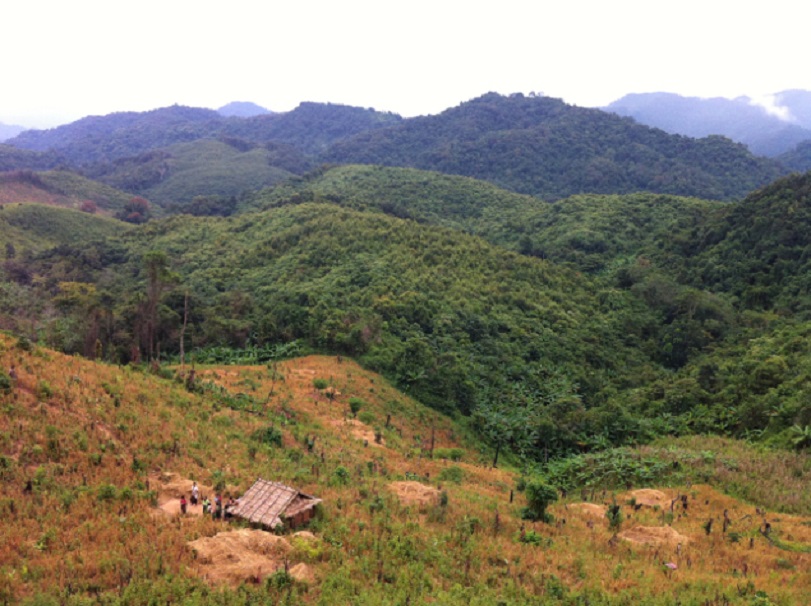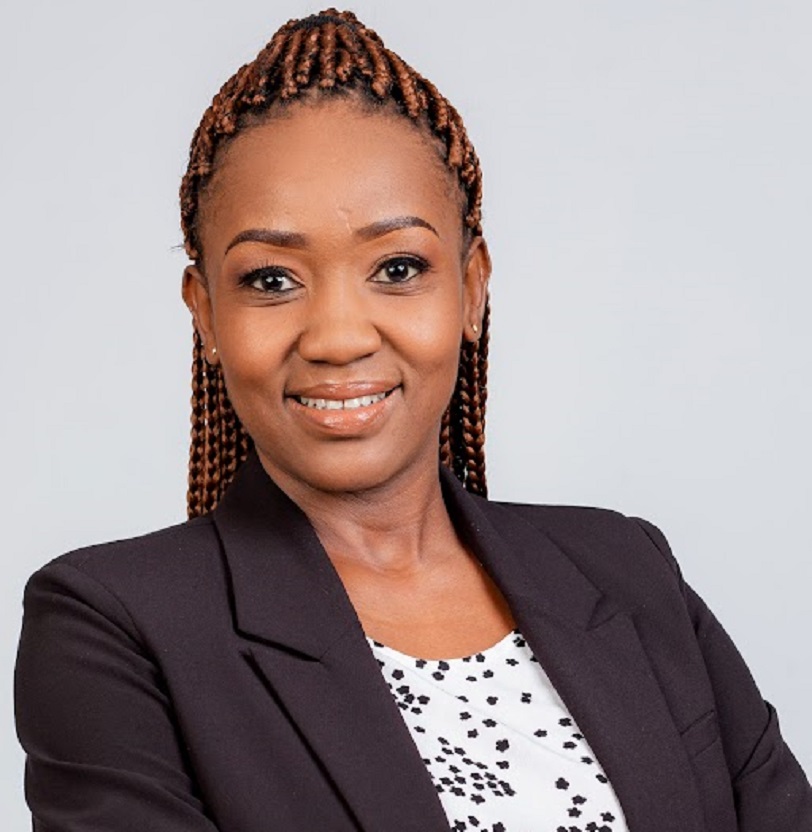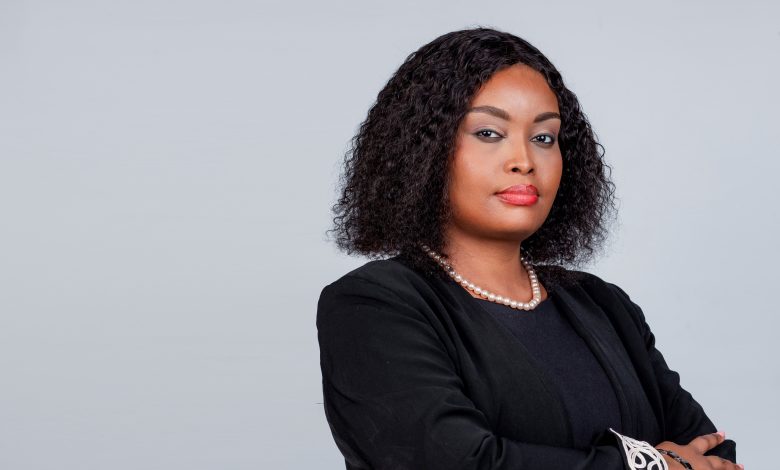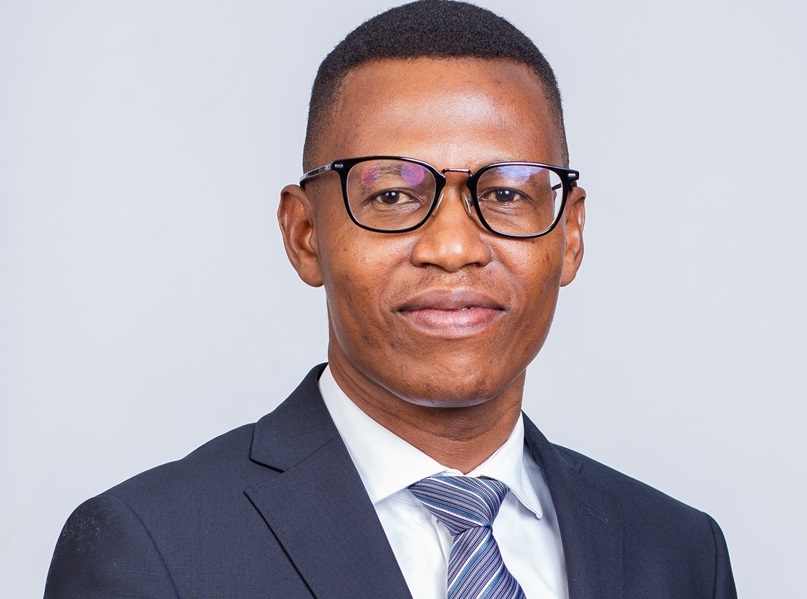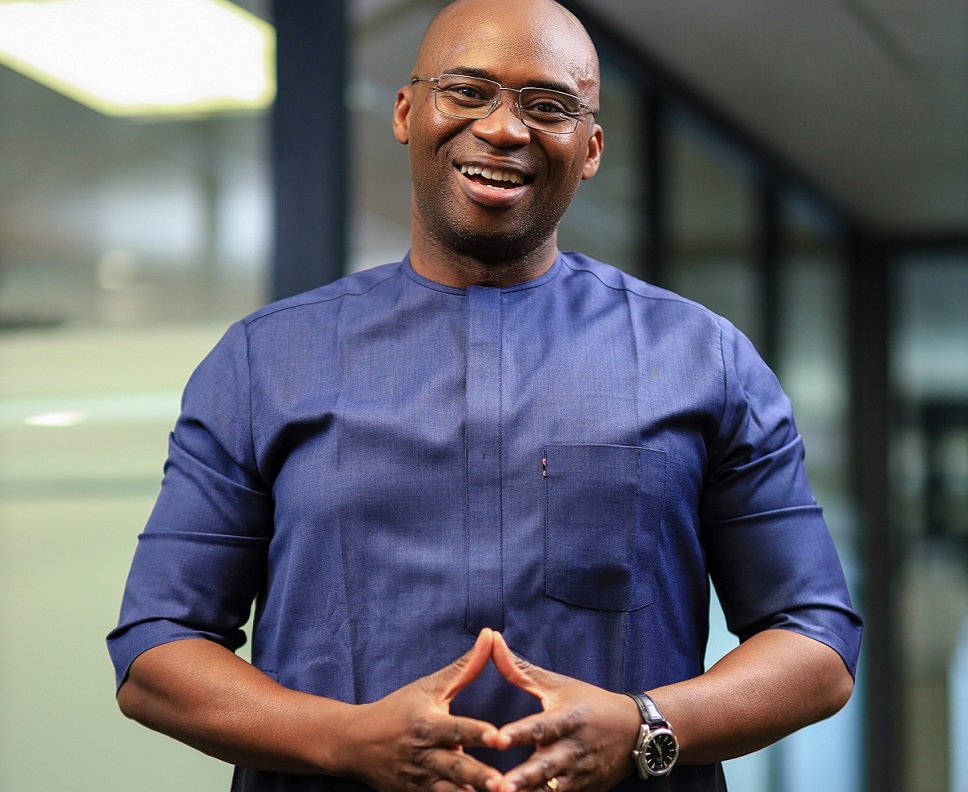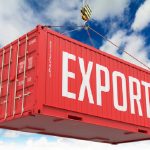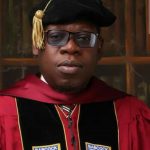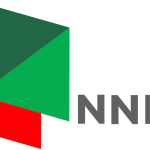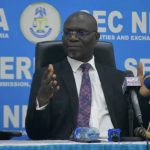Education
The Impact of Smaller Classes on Education
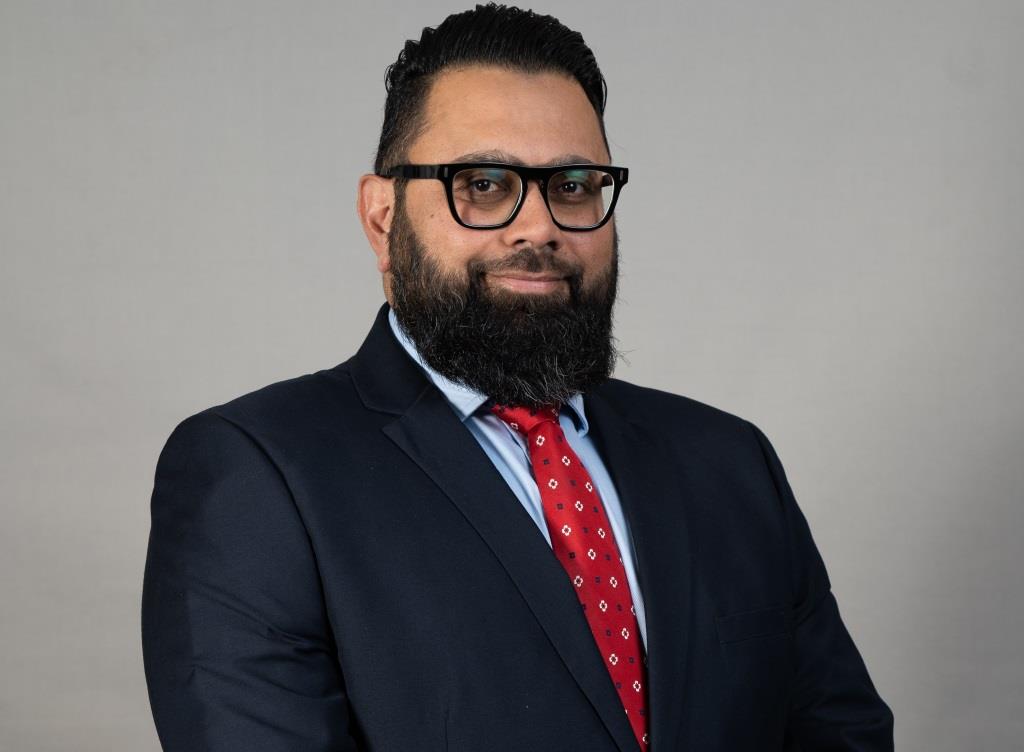
By Zubair Suliman
We’re often told that education is the best way out of poverty, but for many in Sub-Saharan Africa, the path out is often broken, especially for those who need an escape route the most.
There are many reasons why education barriers in the sub-region persist. For one, enrollment levels remain a problem. World Bank economists found that more than one in five primary school-aged children in Sub-Saharan Africa weren’t in school last year. And, according to ISS African Futures, once kids are in school we also battle to keep them there.
Despite progress made since the Education for All movement in the 1990s, there are still too few teachers to cater for the growing student population, according to the Common Wealth of Learning – resulting in lower engagement time with individuals and higher workloads for teachers. The 2023 Sustainable Development Goals (SDG) progress report lays bare just how far behind the world is falling in achieving quality education for all.
Without more investment, only one in six countries will reach the target of getting all its adults to finish secondary school. A goal which, according to UNESCO, if achieved, could reduce global poverty by half. The SDG progress report indicates that more capital is also needed to close the nearly $100 billion yearly financing gap that lower and middle-income countries face. Without this funding, SDG education targets will remain unattainable.
But where should we invest to make the biggest impact on learner retention and outcomes? With time running out to meet UN goals to end poverty and promote prosperity, let’s look at the funding channels which have the most influence on a child’s school day for solutions.
Improve the daily school experience
Researchers for the International Journal of Educational Research analysed just under two decades of peer-reviewed research to understand what kinds of projects resulted in benefits for school kids.
Interestingly, the amount of money available to a school doesn’t necessarily correlate with student performance on “learning outcomes” such as reading for comprehension or their understanding of mathematics and science.
According to the ISS African Futures, interventions that can change a child’s daily school experience in a meaningful way make a huge difference because such projects can shield pupils from factors such as lack of desks, textbooks and equipment that can make learning more difficult.
Infrastructure projects, student performance incentives and support for teachers and their teaching methods were all among the ‘best buys’ for education.
Learners at electrified schools, for example, get better grades because they can study for longer on dark days or in after-school programmes. According to a paper published in Science Direct, scholarships can motivate students by exposing them to opportunities they wouldn’t otherwise have known about. They also help alleviate the cost of education, even in countries like Uganda where primary school is free but parents still struggle to afford uniforms and books.
The quality of the lessons children have also plays a huge role in how well they do. Schools with teachers that have greater knowledge of the subjects they teach, tend to produce students with better grades.
Smaller classes, more trained teachers, better outcomes
Class sizes impact both learning and a teacher’s willingness to stay at that school. Smaller classes allow educators to address individual challenges and go beyond just delivering educational content.
The student-to-teacher ratio measures the number of students per teacher in a class. Malawi and Tanzania have some of the highest ratios (55:1 and 57:1, respectively), while Botswana has the lowest.
According to the Litera Centre, optimal ratios vary based on economic and population factors. Lower ratios often mean teachers have a better understanding of student interests, goals and struggles enabling timely interventions to improve academic performance. When combined with teachers who have advanced subject knowledge, lower ratios can provide even more meaningful support to pupils.
Investing in impact
Norsad has invested nearly $40 million in social infrastructure services to improve education on the continent. Our investment partner Nova Pioneer schools, with their low student-to-teacher ratios, demonstrate the positive effects of this approach. Across 13 campuses in Kenya and South Africa, 4 400 learners benefit from two teachers in every classroom.
This structure allows teachers to focus on developing both problem-solving and soft skills, equipping learners for the knowledge economy. Teachers are trained as facilitators who encourage student-led solutions, fostering critical thinking skills in every class. Learners get a solid foundation in developing skills aligned with the fourth SDG: providing young adults with relevant skills for 21st-century jobs.
Facilities like school labs amplify the impact of this learning model, enabling exploration rather than rote memorisation and this can foster innovation skills necessary for modern careers. In these times interpersonal skills aren’t just nice to have, they are foundational.
“You can expect your voice to be heard,” said one student when asked how Nova Pioneer is different from other schools. This matters because “you start believing in yourself and the things that you can do,” she says.
Unlocking potential
Despite lagging progress on the education SDG targets, immense potential remains. As research shows – investments in infrastructure and human resources that directly improve students’ school day lead to better learning outcomes. From reading comprehension to coding and robotics skills, impact investing can help close critical skills gaps, reduce poverty and gender inequality and promote prosperity.
This International Day of Education, let’s strengthen our partnerships and turn to tactical investments so we can build a better, more equal Africa.
Education
AltBank, BAF Strengthen Capacity of Frontline Educators
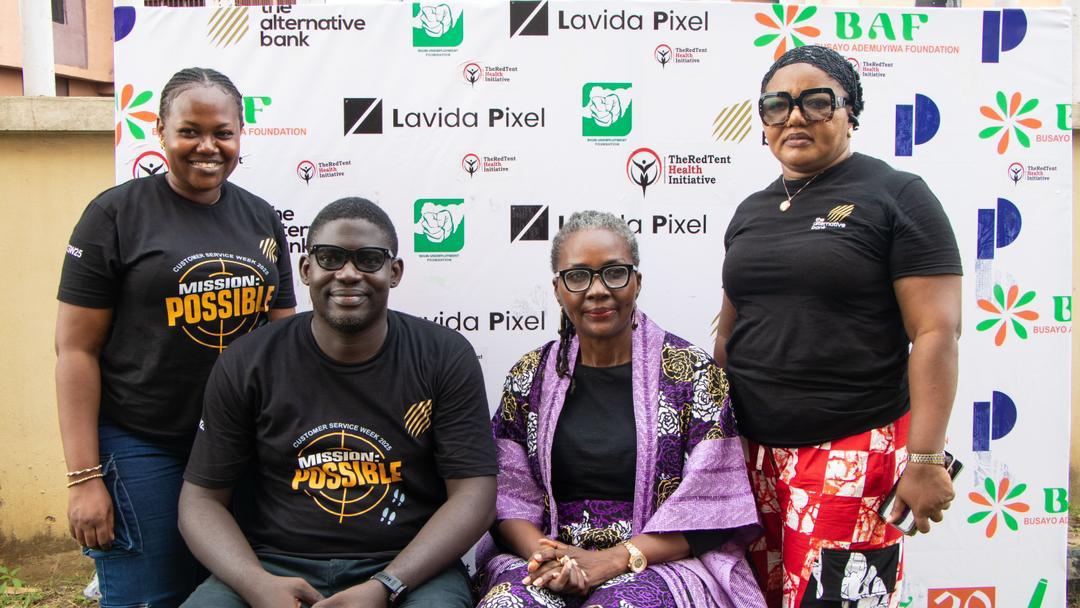
By Modupe Gbadeyanka
A significant step has been taken by the duo of Alternative Bank (AltBank) and the Busayo Ademuyiwa Foundation (BAF) to address the declining access to trained educators across Nigeria.
The two organisations recently a one-day capacity programme for teachers in the country at the 2025 BAF Teachers’ Conference in Lagos.
The event delivered hands-on training to hundreds of primary and secondary school teachers drawn from underserved communities across the country.
Nigeria’s education sector sits at a critical inflection point. With over 65 per cent of classrooms in underserved regions lacking access to trained educators or modern teaching tools, the learning crisis represents a structural failure with long-term economic consequences if not adequately addressed.
Rather than focus on policy rhetoric or aspirational targets, the conference tackled hard realities including teacher burnout, mental resilience, classroom innovation on a budget, and digital skill development.
Sessions were designed for practicality and replication, enabling attendees to take back immediately usable tools and frameworks to their schools. Specialised workshops on emotional health, low-tech teaching methodologies, and inclusive learning design underscored a broader commitment to both teacher well-being and student outcomes.
Key stakeholders in attendance included policymakers, school heads, and representatives from Nigeria’s corporate CSR sector, underscoring the convergence between social investment and educational equity.
Featured speakers included the president of the Nigerian Union of Teachers, Mr Audu Titus Amba; the General Manager of BIC Nigeria, Mr Anthony Amawe; the founder of Almanah Hope Foundation, Hope Ifeyinwa Nwakwesi; and Doyinsola Jawando-Adebomehin of Sequoia Span.
“The people who hold up Nigeria’s education system don’t need applause, they need backup,” the Executive Director for South at AltBank, Mrs Korede Demola-Adeniyi, stated.
“We see this platform as critical infrastructure. Equipping a teacher with the right tools and support is the most direct path to long-term national productivity,” she added.
“The challenge in Nigeria’s education sector is execution, not awareness. This partnership is part of a broader operational strategy to find the pressure points, inject support where it changes outcomes, and back it with measurable value. Our role is catalytic, not just financial,” Mrs Demola-Adeniyi stated further.
Business Post reports that the conference aligns with the bank’s HEART Strategy, a long-term investment thesis focused on Health, Education, Agriculture, Renewable Energy, and Technology.
Under this framework, the Bank continues to deploy capital and partnerships into scalable solutions targeting Nigeria’s most underserved sectors.
Education
Nigerian Breweries to Empower 1,000 Lagos, Ogun, Enugu Students
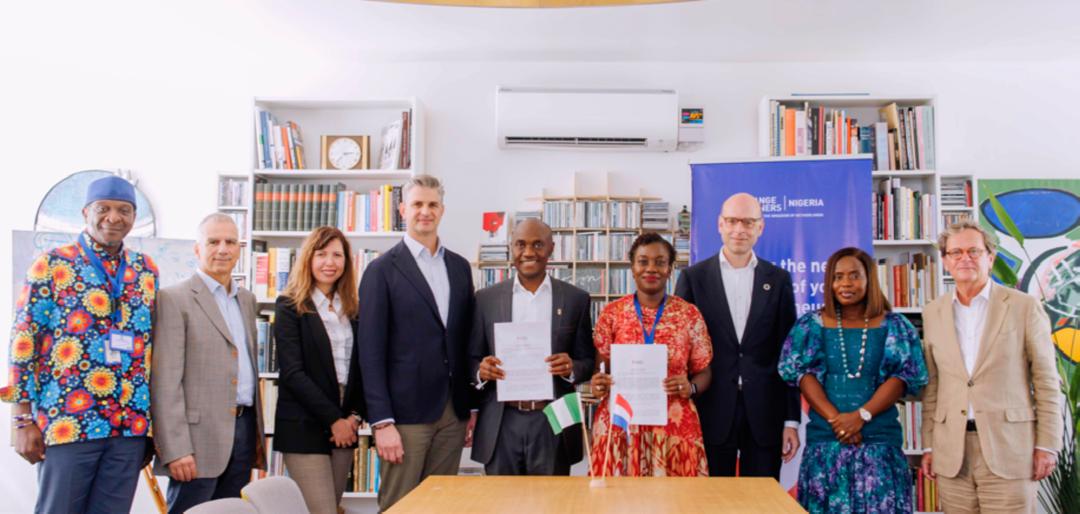
By Modupe Gbadeyanka
Plans have been concluded by Nigerian Breweries to support about 1,000 Nigerian students in Lagos, Ogun, and Enugu States.
The foremost brewing company is carrying out this empowerment initiative with a leading non-profit organisation, FATE Foundation, through the Orange Corners Student Ambassadors Programme of the Netherlands.
This partnership marks a significant step in advancing youth entrepreneurship in Nigeria, equipping young people with the knowledge, skills, and opportunities needed to build sustainable businesses and contribute meaningfully to the nation’s economy.
This is because the scheme is to promote entrepreneurship and offer networking opportunities in Nigerian tertiary institutions. Ambassadors are selected from specific universities to inspire students to see entrepreneurship as a desirable career path and to foster a culture of innovation within universities.
It targets students aged 18–35 currently enrolled in tertiary institutions across Lagos, Ogun, and Enugu States.
“The partnership reinforces Nigerian Breweries’ long-standing commitment to youth empowerment and entrepreneurship development. Through initiatives like this, we are creating pathways for the next generation of entrepreneurs and business leaders in Nigeria,” the Corporate Affairs Director for Nigerian Breweries, Mr Uzodinma Odenigbo, stated.
He further highlighted the company’s track record in youth empowerment, noting that since the renewed focus on youth empowerment and entreprenuership, Nigerian Breweries has impacted 2,365 young Nigerians across 24 states and the FCT.
Also speaking on the partnership, the Executive Director of FATE Foundation, Ms Adenike Adeyemi, expressed enthusiasm about the collaboration between Nigerian Breweries and the Orange Corners Programme.
“Nigerian Breweries has been a longstanding partner with Orange Corners Nigeria in many ways. We are delighted to have the company continue to support the Orange Corners Programme and elated that this commitment will reach an additional 1000 young Nigerians leveraging the proven Orange Corners Student Ambassadors framework,” she said.
Ms Adeyemi outlined FATE Foundation’s role to include designing and delivering the training curriculum, managing student registration and participation, maintaining accurate records of all beneficiaries, and coordinating all logistical and technical aspects to ensure successful programme delivery.
Education
Kidnappings: FG Reopens 47 Unity Schools
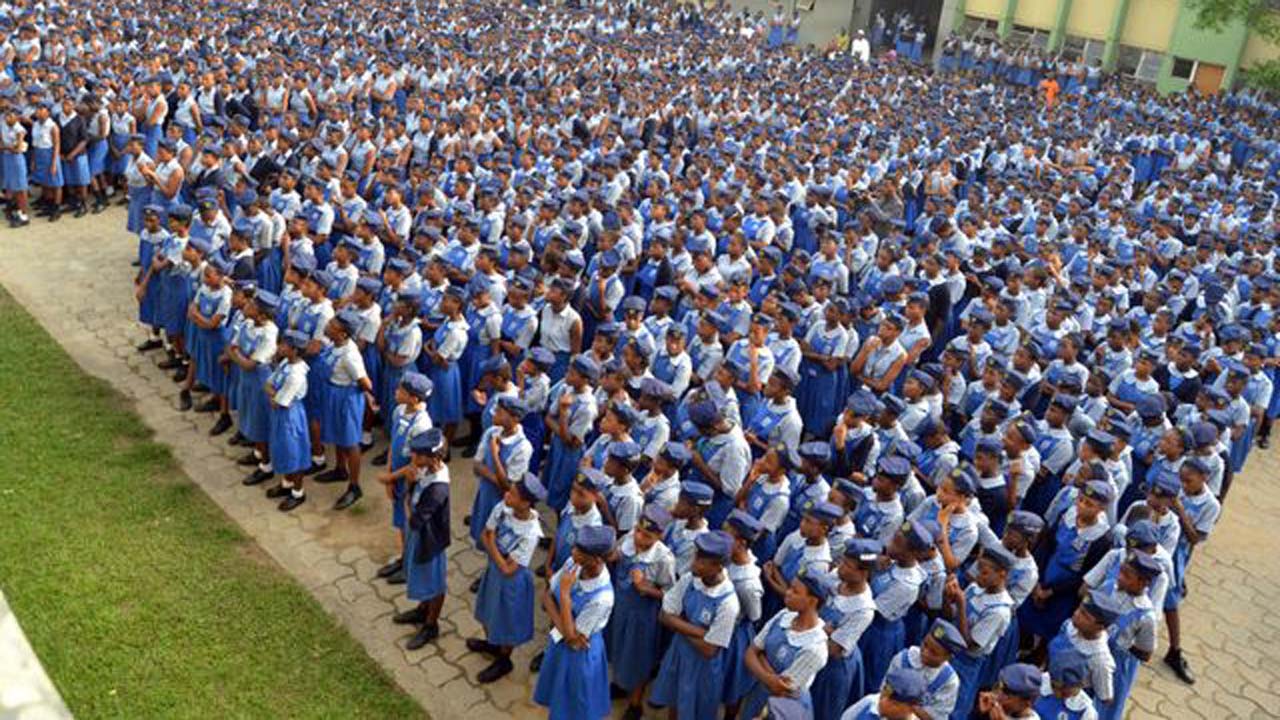
By Adedapo Adesanya
The federal government has announced the reopening of the 47 unity schools earlier shut down due to security concerns on November 21.
This was disclosed in a statement by the Federal Ministry of Education on Thursday.
It said that the decision to reopen the affected colleges across the country reaffirmed its unwavering commitment to safeguarding students and ensuring the continuity of education.
On November 18, 2025, over 20 schoolgirls were kidnapped by unidentified armed men from the Government Girls Comprehensive Secondary School in Maga, Kebbi state.
Just three days later, on November 21, about 303 students and 12 teachers were kidnapped at St. Mary’s Catholic Primary and Secondary School in Papiri, Niger state.
In response, the federal government shut down 47 Federal Unity Colleges, and some states including Katsina, Taraba, and Niger also closed schools or restricted school activities, particularly boarding institutions.
Rights group including Human Rights Watch lamented that while these measures were aimed at protecting students, they disrupted learning for thousands of children, denied them access to education, and the social and psychological support schools provide.
FULL LIST OF AFFECTED UNITY COLLEGES
North-West:
FGGC Minjibir, FTC Ganduje, FGGC Zaria, FTC Kafanchan, FGGC Bakori, FTC Dayi, FGC Daura, FGGC Tambuwal, FSC Sokoto, FTC Wurno, FGC Gusau, FGC Anka, FGGC Gwandu, FGC Birnin Yauri, FTC Zuru, FGGC Kazaure, FGC Kiyawa, FTC Hadejia.
North-East:
FGGC Potiskum, FGC Buni Yadi, FTC Gashua, FTC Michika, FGC Ganye, FGC Azare, FTC Misau, FGGC Bajoga, FGC Billiri, FTC Zambuk.
North-Central:
FGGC Bida, FGC New-Bussa, FTC Kuta-Shiroro, FGA Suleja, FGC Ilorin, FGGC Omu-Aran, FTC Gwanara, FGC Ugwolawo, FGGC Kabba, FGGC Bwari, FGC Rubochi, FGGC Abaji.
South-West:
FTC Ikare Akoko, FTC Ijebu-Imusin, FTC Ushi-Ekiti, FTC Ogugu.
-

 Feature/OPED6 years ago
Feature/OPED6 years agoDavos was Different this year
-
Travel/Tourism9 years ago
Lagos Seals Western Lodge Hotel In Ikorodu
-

 Showbiz3 years ago
Showbiz3 years agoEstranged Lover Releases Videos of Empress Njamah Bathing
-

 Banking8 years ago
Banking8 years agoSort Codes of GTBank Branches in Nigeria
-

 Economy3 years ago
Economy3 years agoSubsidy Removal: CNG at N130 Per Litre Cheaper Than Petrol—IPMAN
-

 Banking3 years ago
Banking3 years agoFirst Bank Announces Planned Downtime
-

 Banking3 years ago
Banking3 years agoSort Codes of UBA Branches in Nigeria
-

 Sports3 years ago
Sports3 years agoHighest Paid Nigerian Footballer – How Much Do Nigerian Footballers Earn



